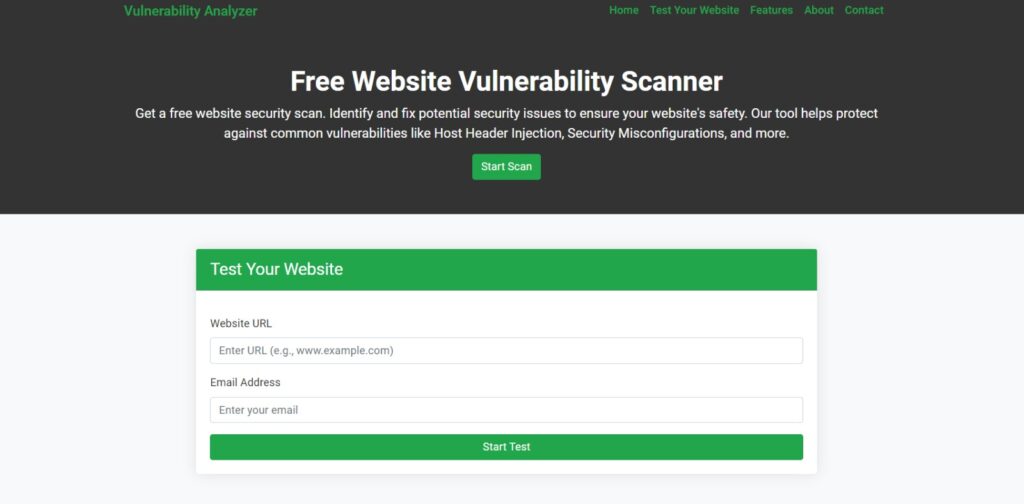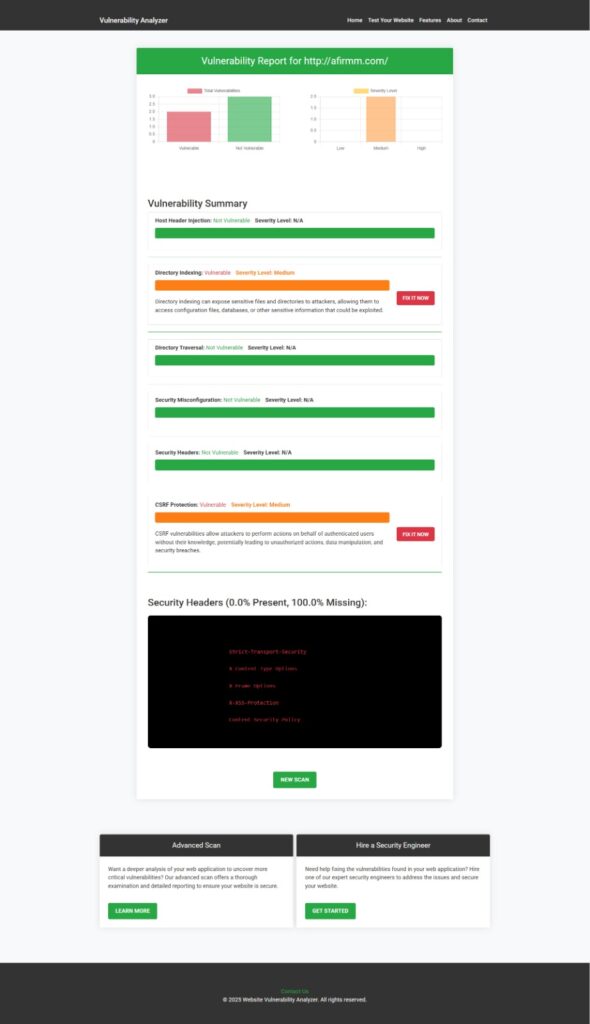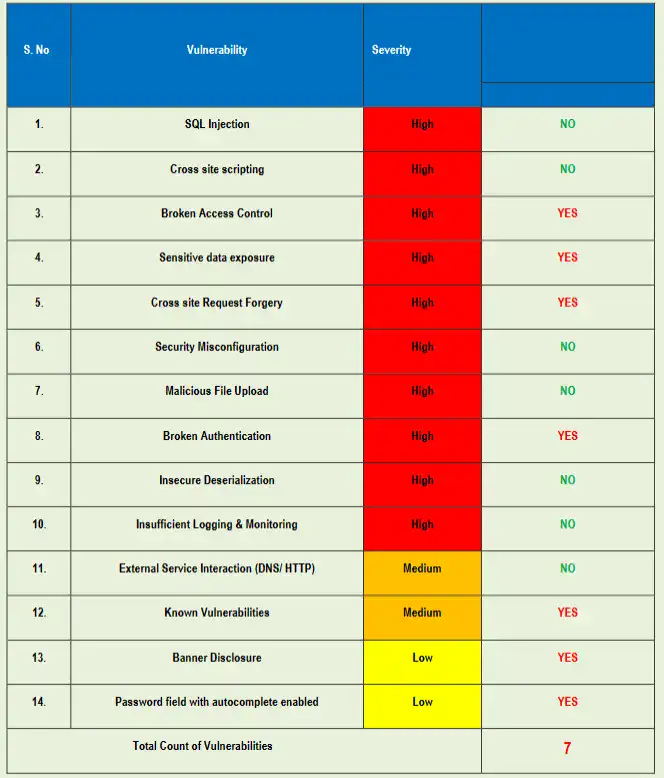🔒 Top 5 Fixes for Unvalidated Redirects and Forwards in Laravel
Unvalidated redirects and forwards in Laravel are a common yet dangerous web vulnerability that attackers exploit to redirect users to malicious sites or bypass authorization. In this post, we’ll explore what unvalidated redirects and forwards are, why they’re risky, and how you can prevent them effectively in Laravel applications with hands-on coding examples.

We’ll also share a free tool to assess your website’s security, along with links to related guides like preventing command injection in Laravel and achieving CSP bypass in Laravel.
📖 What are Unvalidated Redirects and Forwards in Laravel?
Unvalidated redirects and forwards in Laravel occur when a web application accepts user input to determine a destination URL or internal route and redirects/forwards the user without validating the input.
This allows attackers to:
- Phish users with crafted URLs.
- Bypass authentication checks by forwarding to restricted pages.
- Leak sensitive information via open redirects.
These vulnerabilities are even listed in the OWASP Top 10 under “Security Misconfiguration” and “Unvalidated Redirects & Forwards”.
🛠️ Why Fix Unvalidated Redirects and Forwards in Laravel?
✅ Protects user trust.
✅ Prevents phishing attacks.
✅ Stops unauthorized access to sensitive routes.
✅ Improves compliance (e.g., PCI DSS, ISO 27001).
If you want to assess your Laravel application or any web app for such vulnerabilities, run a free scan using our Website Vulnerability Scanner:

🚀 Common Examples of Unvalidated Redirects and Forwards in Laravel
Example 1: Open Redirect
public function redirect(Request $request) {
$url = $request->query('url');
return redirect($url);
}If an attacker sends:https://yourapp.com/redirect?url=https://evil.com
it redirects users to evil.com.
Example 2: Internal Forward
public function forward(Request $request) {
$page = $request->input('page');
return view($page);
}Here, if page=admin.dashboard, an attacker might forward to unauthorized areas.
🔍 How to Prevent Unvalidated Redirects and Forwards in Laravel
Here are 5 powerful ways to fix unvalidated redirects and forwards in Laravel, with coding examples:
✅ 1. Use Laravel Named Routes
Instead of accepting arbitrary URLs:
public function safeRedirect(Request $request) {
$route = $request->query('route');
if (!in_array($route, ['home', 'dashboard'])) {
abort(403, 'Unauthorized');
}
return redirect()->route($route);
}This ensures only predefined named routes are used.
✅ 2. Validate Against a Whitelist
$allowed = [
'https://yourapp.com/home',
'https://yourapp.com/dashboard'
];
$url = $request->query('url');
if (!in_array($url, $allowed)) {
abort(403, 'Unauthorized');
}
return redirect($url);✅ 3. Sanitize Input
Always use filter_var or Laravel’s built-in validation:
$request->validate([
'url' => 'required|url'
]);
$url = $request->input('url');Then check if it matches your domain before redirecting.
✅ 4. Avoid User-Controlled Forwards
Do not render views based on unvalidated user input. Instead:
$allowedPages = ['profile', 'settings'];
$page = $request->input('page');
if (!in_array($page, $allowedPages)) {
abort(403);
}
return view($page);✅ 5. Log & Monitor Redirects
Keep track of suspicious redirect patterns to detect abuse.
Log::info('Redirect requested', ['user' => auth()->id(), 'url' => $url]);📊 Free Vulnerability Report Example
You can also get a free website vulnerability assessment report from our tool to check Website Vulnerability to identify unvalidated redirects and forwards, among other issues.

🌐 Related Blogs You Should Read
- 🔗 Business Logic Vulnerabilities in Laravel
- 🔗 Prevent Race Condition in React.js
- 🔗 Opencart Penetration Testing
- 🔗 Achieve CSP Bypass in Laravel
- 🔗 Prevent Command Injection Attack in Laravel
🧰 Our Professional Services
If you’re serious about securing your web applications, check out our professional services:
🔗 Web App Penetration Testing Services
We simulate real-world attacks and deliver actionable reports tailored for developers and managers.
🔗 Offer Cybersecurity Service to Your Client
If you’re an agency or freelancer, partner with us to offer cybersecurity services under your own brand.
📌 Final Thoughts
Unvalidated redirects and forwards in Laravel are a subtle but dangerous vulnerability. Always validate and sanitize user input, whitelist destinations, and avoid trusting URLs from user input.
To protect your Laravel apps and gain customer trust, start fixing these issues today. Don’t forget to scan your site for free for a Website Security test.

